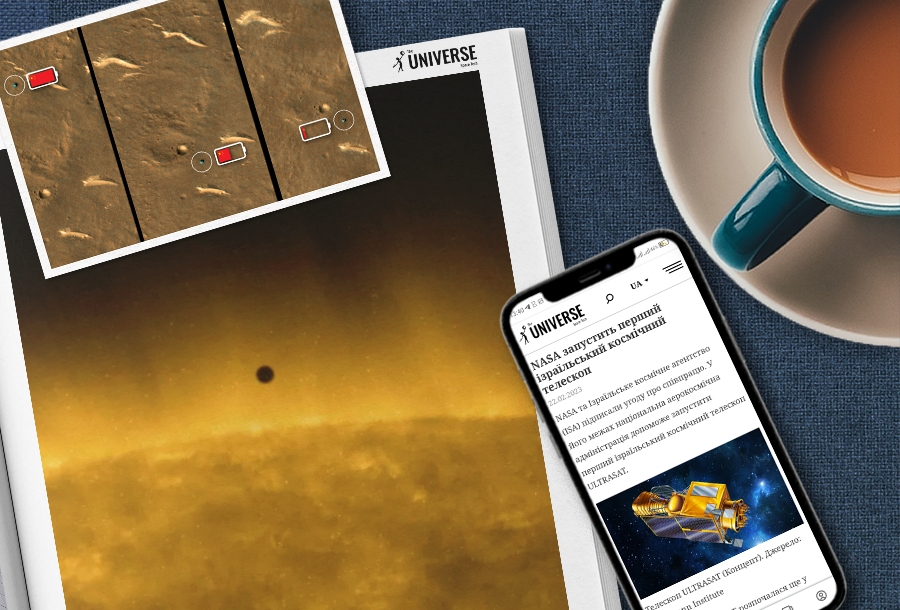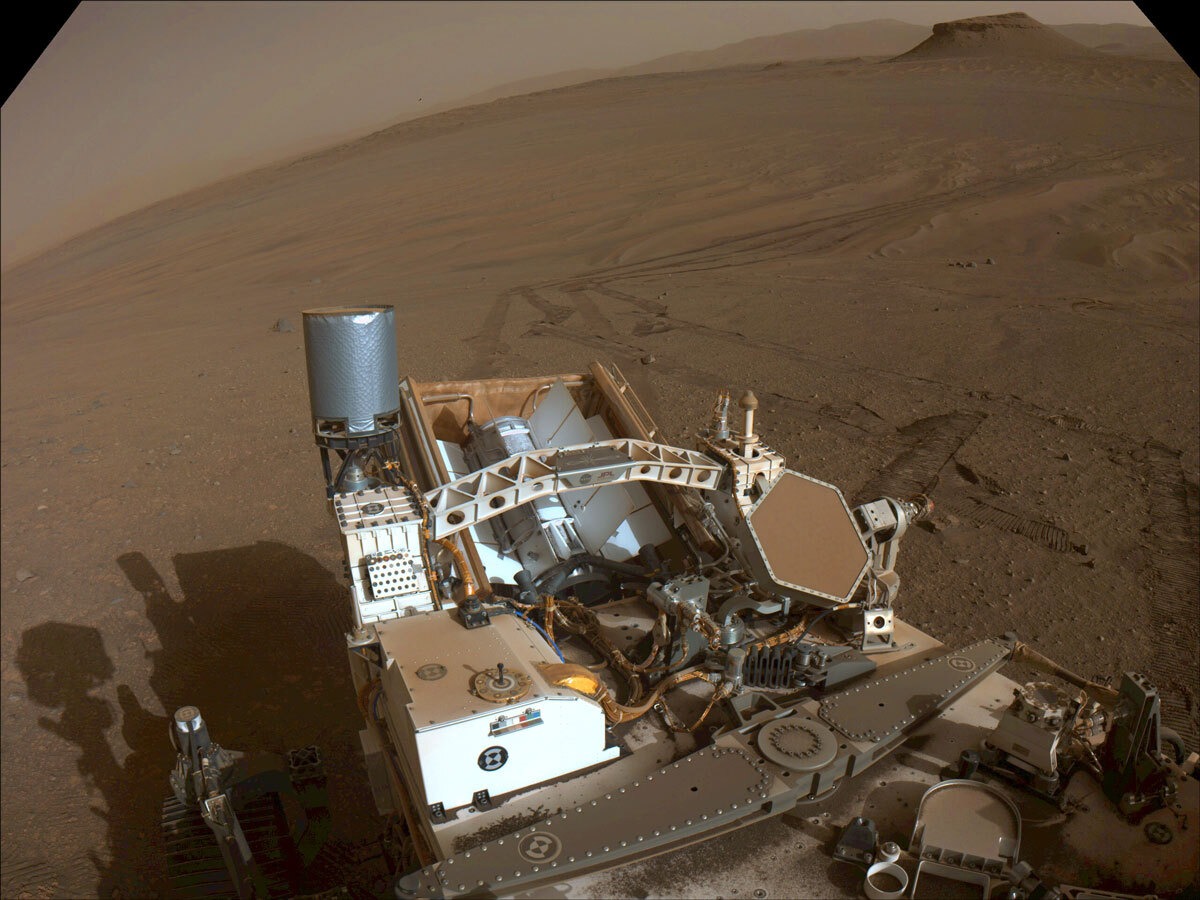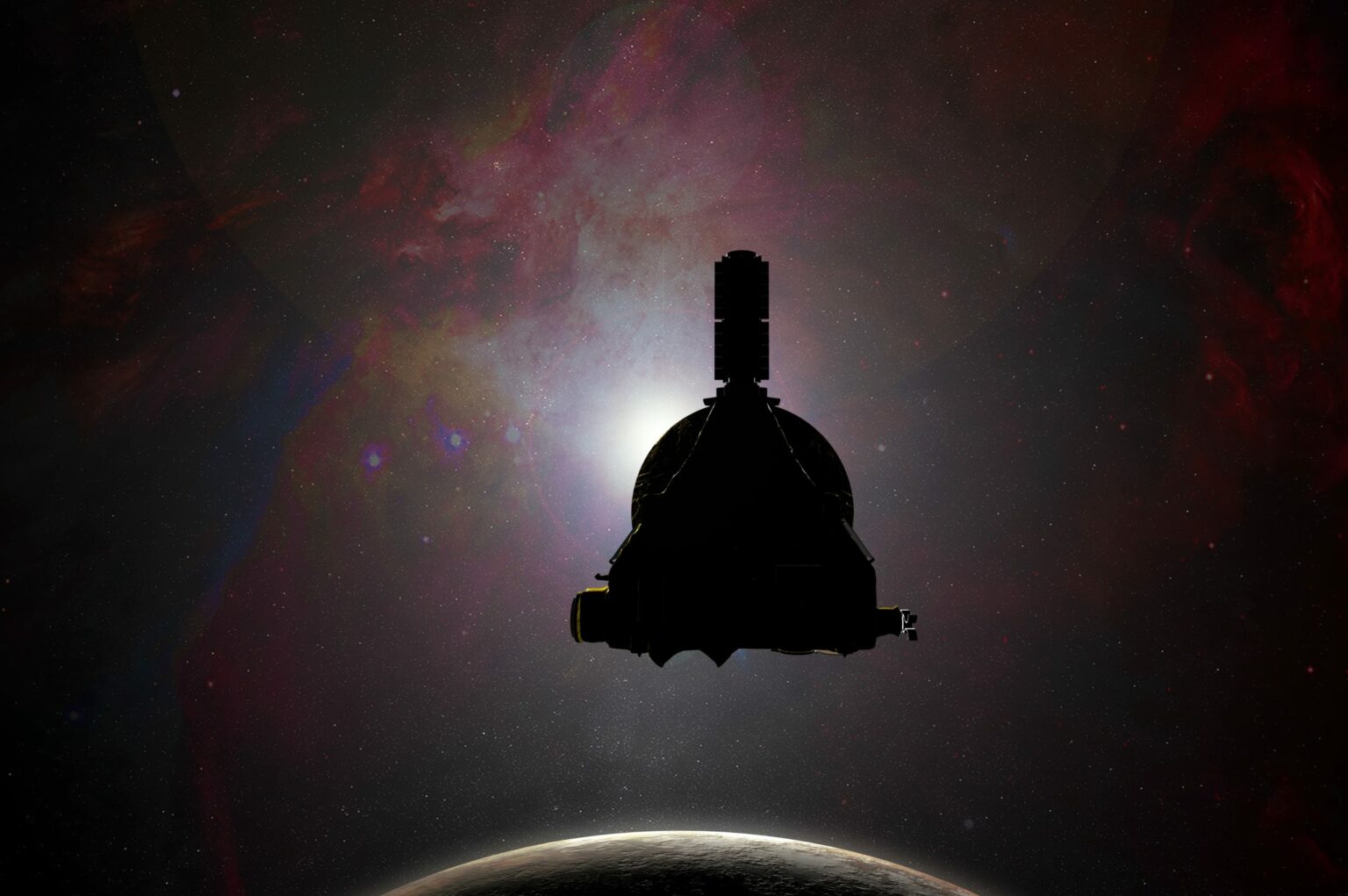Selection of the most interesting space news for the week: The Chinese rover was paralyzed; Scientists heard a “heartbeat” in the Sun; and we talk about how New Horizons showed us Pluto and the Kuiper Belt.

“No thief, however skillful, can rob one of knowledge, and that is why knowledge is the best and safest treasure to acquire.”
― L. Frank Baum, The Lost Princess of Oz
Discovered a previously unknown class of water-rich asteroids
An international team of astronomers has managed to identify a previously unknown class of water-rich asteroids in the Solar System. In the distant past, they could have been one of its main “suppliers” to Earth. The discovery was made using infrared spectroscopy. Astronomers have managed to identify a group of asteroids that resemble the dwarf planet Ceres (the largest object of the Main Asteroid Belt) in their chemical composition. Ceres is the largest object of the Main Asteroid Belt. It has a spherical shape and about 20% — 30% consists of water ice. It is believed that Ceres was originally formed at a much greater distance from the Sun and only then migrated to the Main Belt. A group of Ceres-like asteroids is located in a limited area between Mars and Jupiter near the orbit of the dwarf planet. These are quite large objects by the standards of the Main Belt, their diameter exceeds 100 km. On their surface there are minerals that have arisen as a result of interaction with liquid water.
Scientists hear a “heartbeat” in the Sun
Scientists have studied a periodic radio signal coming from the Sun and very similar to a slow heartbeat. It is associated with electromagnetic phenomena in the upper atmosphere of the luminary. They accompany the flares that cause magnetic storms on Earth. Pulsating radio signals are repeated every 10-20 seconds.
In their work, the researchers relied on data from the Expanded Owens Valley Solar Array (EOVSA) radio telescope located at the Owens Valley Radio Observatory in California. It operates at a frequency from 1 to 18 GHz and is sensitive to electromagnetic phenomena accompanying solar flares.
Not moving for months: Chinese rover is paralyzed
The rover went into a dormant state in May 2022 due to a dust storm and cold conditions. A sequence of images taken by NASA’s Mars Reconnaissance Orbiter with the HiRISE instrument shows that the Chinese rover has not moved since at least early September 2022. This week, the HiRISE team from the University of Arizona has shared three different images of Zhurong, in which the device looks like a bluish dot. The first image was taken on March 11, 2022, the second on September 8, 2022, and the last on February 7, 2023. In the last two images, the rover is in the same place, which does not bode well.
The National Space Administration of China, as it is known, keeps secret the progress of research on Mars, so there are very few official reports about the mission. CNSA has not published any current updates about Zhurong at all and remains silent. Whatever happens, the rover still fulfilled its main mission objectives and exceeded the initial three-month service life, consolidating its legacy in the history of space exploration.
NASA to launch first Israeli space telescope
NASA and the Israeli Space Agency (ISA) have signed a cooperation agreement. Within its framework, the National Aerospace Administration will help launch the first Israeli space telescope ULTRASAT.
ULTRASAT is an ultraviolet telescope with a field of view of 210 square degrees, capable of conducting observations in the range from 220 to 280 nm. Its main purpose will be to search for transit events, such as supernova outbursts or neutron star mergers. Within 20 minutes after the outbreak is detected, ULTRASAT will notify other ground-based and orbital observatories, which will also allow them to connect to observations. According to the authors of the project, due to its very large field of view and high sensitivity of detectors, the Israeli telescope will be able to find about a hundred supernovae a year.
Curiosity and Perseverance can’t detect Life on Mars
The current Mars rovers Curiosity and Perseverance are actively looking for evidence of the possible existence of microbial life on the Red Planet. But a new study shows that all attempts by spacecraft to detect life on Mars may be useless, because the laboratory capacity on board is simply not enough to identify tiny signs of organic matter. The newest and most advanced instruments of modern NASA Curiosity and Perseverance rovers have found only traces of simple organic molecules in ancient lakes and river deltas. But these compounds are not reliable proof of life – they could have been created by ordinary geological processes.
Photo of the week
The European Space Agency has published several images and videos taken by the Solar Orbiter probe. It filmed the transit of Mercury on the disk of the Sun. In the images of the PHI camera, Mercury appears as a black circle in the lower right part of the solar disk. It is noticeably different from the usual sunspots at the top of the image.
Interesting figure — 2 years on Mars

On February 18, the Perseverance rover celebrates the second anniversary of its descent to the surface of Mars in 2021. To celebrate a milestone in the exploration of Mars, NASA has shared interesting figures from the Perseverance expedition:
- Selected and sealed 18 samples of the rock;
- Deployed depot of 10 sample containers;
- SuperCam scientific instrument fired 230,554 laser shots;
- 676,828 sensing by RIMFAX georadar (Radar Imager for Mars’ Subsurface Experiment) was performed to study underground rock layers;
- Recorded 662 audio records of Mars with a SuperCam microphone;
- Recorded 15,769 hours of weather data on Mars by the MEDA device (Mars Environmental Dynamics Analyzer);
- Created 4,337,010 laser marks by the SHERLOC tool;
- 33 spectroscopic observations were made by the SHERLOC instrument;
- 64 times the robotic arm was completely removed and deployed;
- Drills were replaced 48 times in a drill for the collection of rock samples;
- 166 thousand images taken by seven scientific and nine engineering cameras on board Perseverance.
Something to read on the weekend

On the same day on February 19, but with a difference of many years, two famous astronomers were born — the Pole Nikolai Copernicus and the Ukrainian Klim Churyumov. The first is considered the father of modern astronomy and is most famous for his statement that the Earth orbits the Sun. The second is known as one of the discoverers of the periodic comet Churyumov-Gerasimenko, as well as an outstanding scientist and popularizer of science. The editors of The Universe Space Tech tell about them in the articles “10 interesting facts about Copernicus” and “86 years since the birth of the most famous Ukrainian astronomer“.
We also suggest you read about how New Horizons shows us Pluto and the Kuiper Belt. Perhaps, over time, the difficult story of the mission will form the basis of the plot of the film. After all, the development, approval and launch of the mission to Pluto turned out to be much more difficult tasks than one might have expected. In total, it took more than 15 years. Moreover, the project of the expedition to the outskirts of the Solar System was repeatedly in danger of failure and was realized only thanks to the perseverance of its participants and the support of the scientific community.
Follow us on Twitter to get the most interesting space news in time
https://twitter.com/ust_magazine
